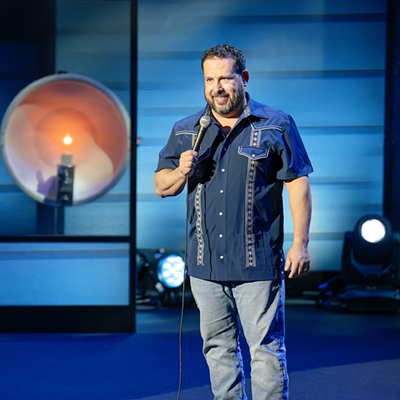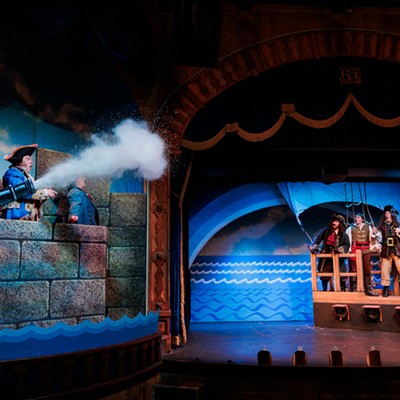From a sadistic man who haunts young teens' dreams, to a machete-wielding juggernaut wearing a hockey mask, scary figures have played a vital role in folk tales and horror stories for centuries.
Witness La Llorona (Weeping Woman), a Spanish story that has been a part of the culture dating back to the days of the conquistadors.
The legend of La Llorona focuses on a beautiful woman who lives in a poverty-infested village. She is waiting to find the perfect man to share her life with, and is pursued by hordes of men, but believes none of them match up to her standards.
One day, a conquistador rides into the village and captures her heart; they marry and have two sons. However, the marriage takes a turn for the worse when her husband starts focusing his attentions on alcohol and other women.
Engulfed by rage, La Llorona drowns her two sons in the river, and dies shortly afterward. Legend has it that, at times, people near rivers can hear La Llorona crying in search of her dead children.
La Llorona, of course, is not the only woman in folklore who has been scorned by the man she loved. One similar fable is the Greek story of Medea, about a young woman who sacrifices everything she has for her husband, Jason, but is betrayed when he leaves her for a wealthy princess.
Beowulf Alley Theatre's Michael Fenlason decided to meld both stories together to create La Llorona/Medea, giving audiences a true view on the saying: "Hell hath no fury like a woman scorned."
Fenlason, who studied mythology at both Arizona State University and the University of London, said the play came to life one night as he spent time with a friend.
"I was having a few drinks with my old friend, Tomas Ulises-Soto, who I have worked with in other projects, and we came up with the idea on putting both stories together to scare our audience," Fenlason said. "It was just one of those days when we were exchanging stories, and that idea was created."
Fenlason and Soto have worked together on other projects, like The Mexican, a short play about an illegal immigrant who was shot by a rancher.
Fenlason decided to adapt the stories of La Llorona and Medea, and he wanted to have a message behind the play.
"My goal is to tell a good story and to make the audience see what the two stories truly mean. Both women are extremely obsessed with their significant other and begin taking (out) their frustration on the children," Fenlason said. "This happens regularly in real life, because both people get too emotionally involved with their own ambitions, (and) the ones who suffer are the kids. I wanted to try to open people's eyes."
La Llorona/Medea will have some scenes of bloodshed and violence.
"We are not trying to be known as the most violent play in Tucson in any way, but when dealing with stories like La Llorona and Medea, there are going to be some scenes of violence," Fenlason said. "Were not trying to push the envelope, but we are trying to make the setting dark and terrifying."
Fenlason wanted the play to include a supernatural theme, and he got exactly that. He said that during some of the rehearsals, lights would flicker—and a mysterious figure even appeared on a digital video camera.
"During one of the rehearsals, I was waiting for Danielle Shirar, who plays La Llorona and Medea. While I was playing with my Flip camera, I saw a hand appear on the screen," Fenlason said. "I thought it was Shirar, but when I looked up, the hand was gone."
Perhaps the spirits of La Llorona and Medea are speaking to Fenlason?
"I really hope the audience enjoys the play, but the biggest critic who I want to please is La Llorona," Fenlason said, laughing.







